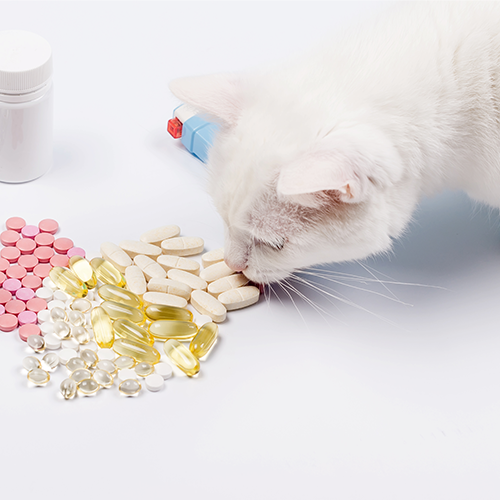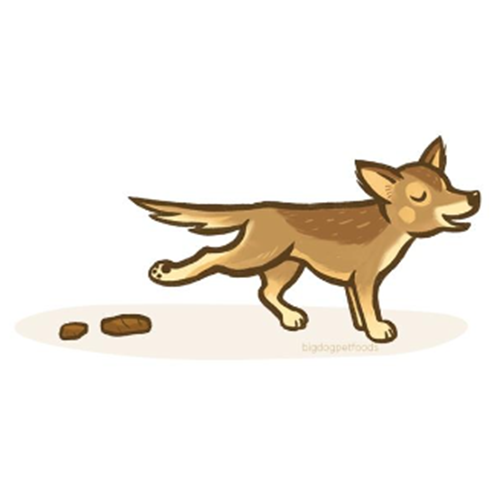Rabbits can be a tough pet to handle: it’s much bigger than hamsters and guinea pigs but not quite the size of cats and dogs, making them both hard to manage and catch. However, the things to prepare for your new fluffy friend aren’ that hard at all - you’ll just need a bit of patience and lots of love for your beloved pet. If you’re searching for what to do to make your home the best living space for your new pal, here’s a good way to start off:
Items you’ll need
Before your rabbit comes into their new home, you’ll have to set the place up first! Here are just some of the essential items you have to get:
- A cage (Large enough for your rabbit to stand on its hind legs without reaching the top and contains a litter box and resting area)
- Food (A mix of hay, pellets, vegetables, and water)
- Food and water bowls
- Hay feeder
- Toys
Though these might seem like just a few items at first, keep in mind that you’ll most likely have to get more things the longer your rabbit stays in your home, such as expanding the cage and changing up their diet. Be prepared to satisfy your rabbit’s ever-changing needs!

Photo by wirestock on Freepik.com.
Preparing their new home
After you’re set on the cage you’re going to get, be sure that there’s a big enough space in your home to place it. There should be sufficient ventilation in the area, and shouldn’t be too hot or damp. Otherwise, your rabbit might suffer from respiratory disease or heatstroke.
A cage shouldn’t be the only place they stay in, either. Your rabbit will need exercise and space to jump and move about freely for at least a few hours a day, so make sure that your home is properly secured to give your bunny friend the place to stretch their legs! Anything that can lead to your rabbit crawling out of the house should be sealed off, and things such as electrical cords and food toxic to rabbits should be kept away from their curious paws.

Photo by colorful19 on Freepik.com.
Preparing their diet
Carrots are commonly associated with rabbits, but it takes more than a single vegetable to keep your new pet strong and healthy. In fact, the best diet for your rabbit consists of a mixture of:
- ⅓ rabbit pellets
- ⅓ green and leafy vegetables
- ⅓ hay
Avoid feeding them food that includes high starch and fatty content, such as bread, corn, nuts, wheat and other grains. An overfeeding of these kinds of food may lead to several medical conditions in your pet.
Rabbits will also need to constantly be gnawing on food to keep their long teeth in check, which is why an abundance of hay in their cage is absolutely essential! And of course, their water supply should be readily available so as to make sure they stay hydrated and healthy.

Photo by domonite on Freepik.com.
Maintaining your rabbit’s home
With such a large home for your rabbit, cleaning it can be quite the chore but it’s important nonetheless! Make sure to clean out their cage regularly, especially during warm weather, and ensure that their litter box is emptied out and refilled when needed! If the cage has a wired bottom, additional bedding is required to give your rabbit a comfy area to move around and rest on.
Don’t forget to fill their home up with toys too! Not only will these toys stave off boredom and help mental stimulation, some can also help wear down your rabbit’s teeth, keeping them at an appropriate length. Simple objects like toilet paper rolls and small cardboard cartons can interest them for hours, and rabbit treats hidden in these toys can help encourage them to play with them as well!

Photo by boonsom on Freepik.com.
The first few weeks with a rabbit are tough, but there’s no need to be afraid! As time goes by, your fluffy pal will be easier to handle and all these preparations will be second nature to you. But for now, you’ll have to prepare these essential steps to give your rabbit the welcoming home they deserve!
References:
https://www.vetcarepethospital.ca/beginners-guide-to-pet-rabbit-care/
https://www.caldervets.co.uk/pet-help-advice/rabbits/young-rabbits/77-how-to-care-for-a-new-pet-rabbit
https://myhouserabbit.com/new-to-rabbits/preparing-for-your-first-house-rabbit/














